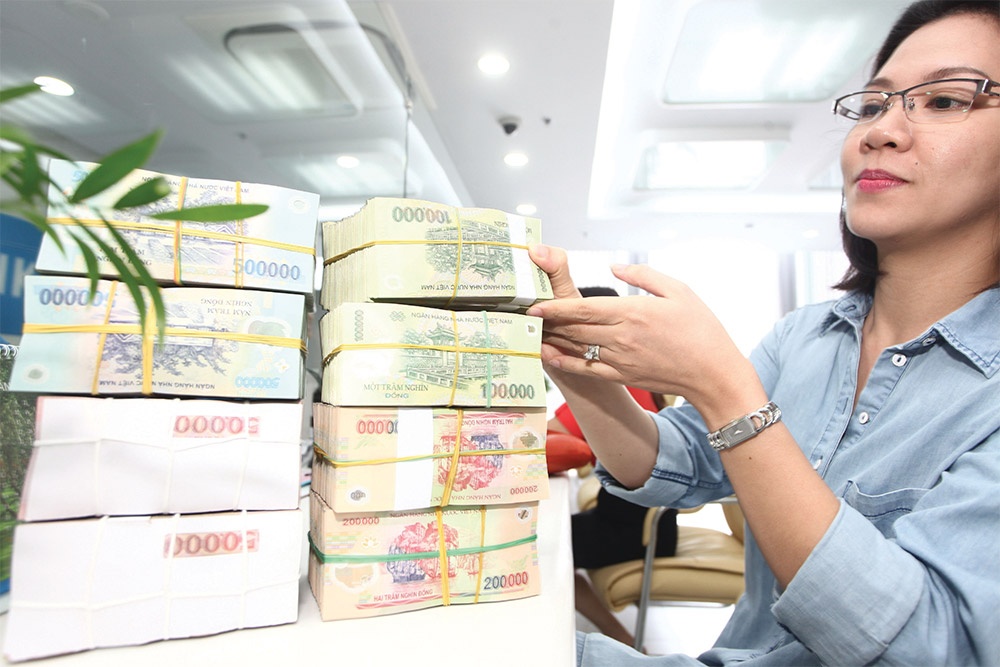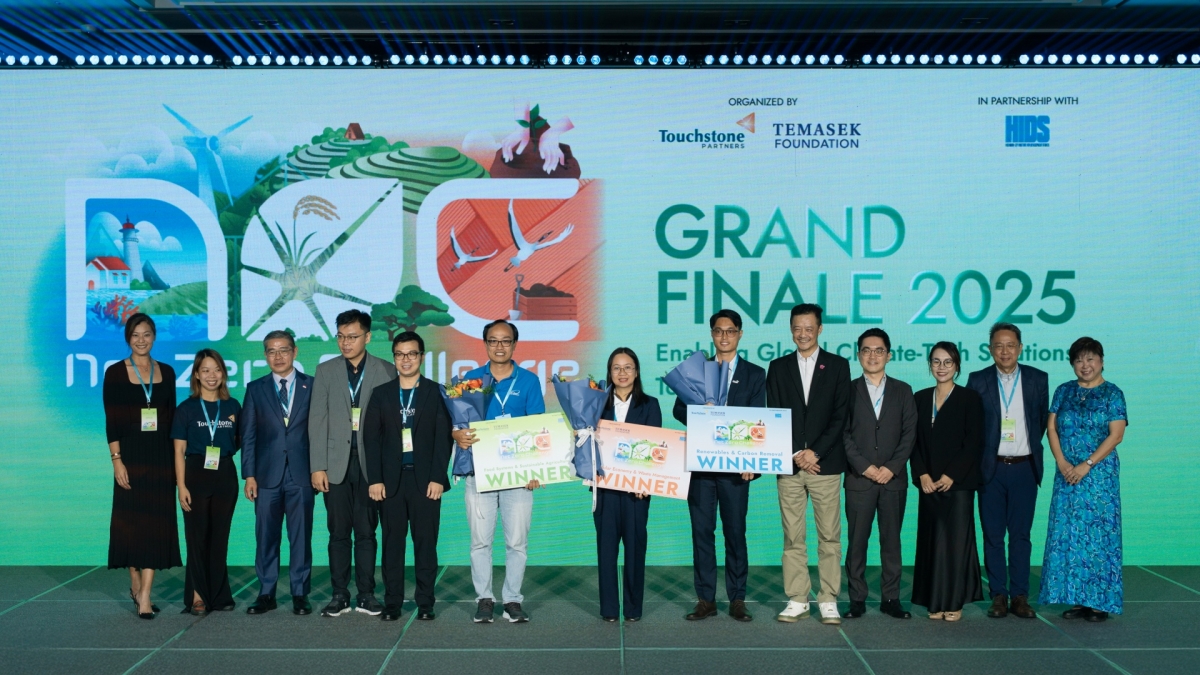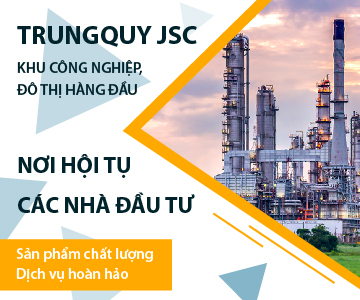INTERNATIONAL INVESTMENT
AND PORTAL
 A low-interest rate environment is expected to persist this year, Photo: Le Toan
A low-interest rate environment is expected to persist this year, Photo: Le Toan
Since early July, several banks have raised deposit rates across various tenors. As of July 16, HDBank offers the highest deposit rates of 6 per cent on 18‑month fixed deposits, the current regulatory ceiling.
Additionally, SeABank and Techcombank are offering interest rate bonuses to online savers. SeABank provides up to 50 basis points (bps) extra for online deposits of at least VND100 million ($3,800) for 6-13 month terms, while Techcombank adds up to 100 bps for online deposits of the same figure and terms.
In contrast, Vietnam’s big four state-owned banks, Vietcombank, BIDV, Agribank, and VietinBank, maintain lower rates under 4.8 per cent for long-term and below 3.7 per cent for deposits shorter than one year.
In its July 11 monetary report, MB Securities (MBS) noted that the downtrend in deposit rates stalled in June, with few banks making further cuts and the magnitude of reductions narrowing.
“Maintaining low deposit rates has allowed lending rates to continue falling. According to the State Bank of Vietnam (SBV), the average interest rate for new loans has dropped by 60 basis points since the end of 2024, down to 6.38 per cent per annum,” the report stated.
While deposit rates appear to have stabilised, MBS believes they have yet to reach the bottom and still have room for further declines in the third quarter. This outlook is based on a strong uptick in credit growth since April, while interbank rates have remained stable, or even declined notably in recent weeks.
“This indicates that system-wide liquidity is relatively stable, and the liquidity shortage seen at the end of Q2 was merely seasonal,” MBS assessed. “However, deposit rates may edge up slightly in Q4 as credit growth tends to accelerate towards year-end. As of the end of Q2, system-wide credit expanded by 9.9 per cent year-to-date and 19.3 per cent on-year, marking the highest level in several years.”
“Based on these factors, we forecast that 12-month deposit rates at major commercial banks will hover around 4.7 per cent annually this year,” MBS projected.
Nguyen Duc Lenh, deputy director of the SBV’s Region 2, stated that credit growth in the first half of the year reached 9.9 per cent, marking the highest in recent years, demonstrating the effectiveness of interest rate policies across three key aspects: macroeconomic stability, inflation control, and growth promotion.
“The current low interest rate environment has helped reduce capital costs for businesses and stimulated borrowing demand, business expansion, startups, and innovation funding. In practice, appropriate rate policies are also driving the effectiveness of preferential credit programmes, social welfare lending, and national target initiatives,” said Lenh.
Talking to VIR, Pham Luu Hung, director of the Analysis and Investment Advisory Centre, forecast that the low-interest environment is likely to persist in the second half of the year, supported by abundant deposits from Vietnam State Treasury and continuous liquidity support from the SBV.
“However, in the event of stronger credit growth, interest rates may fluctuate in the latter half of 2025 due to three main pressures. First is the seasonal factor, credit demand, typically rises at year-end, placing pressure on the loan-to-deposit ratio and prompting commercial banks to increase mobilised capital. As of the end of May, the system-wide net ratio remained high, at around 107 per cent,” Hung noted.
“Secondly, faster disbursement of public investment could lead to a reduction in State Treasury’s deposits held at commercial banks, especially state-owned ones, thereby putting some short-term pressure on system liquidity,” he added. “The final pressure stems from exchange rate volatility, which tends to intensify in Q3 and early Q4 before cooling down towards the year-end.”
Nevertheless, Hung believes the interest rate environment will remain stable to support recovery. Any short-term fluctuations are likely to be isolated and specific to individual banks.
Commenting on how the revised Law on Credit Institutions, scheduled to take effect from October 15, could affect interest rate dynamics, Hung said that previously, bad debt resolution often depended on lengthy legal proceedings, which could take years to complete. During this time, banks were required to make risk provisions, stop recording accrued interest, and bear continuous capital costs.
“This challenge is even more significant for banks with a high proportion of retail lending, where bad debts are typically small in value and geographically dispersed. This increases operating costs and limits their ability to expand lending or reduce interest rates,” he added.



















